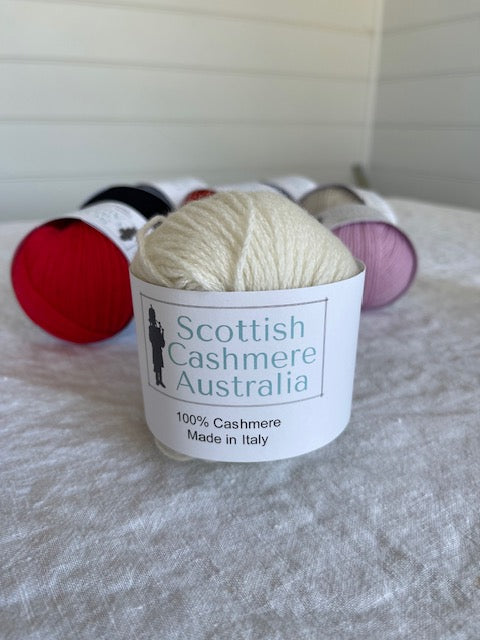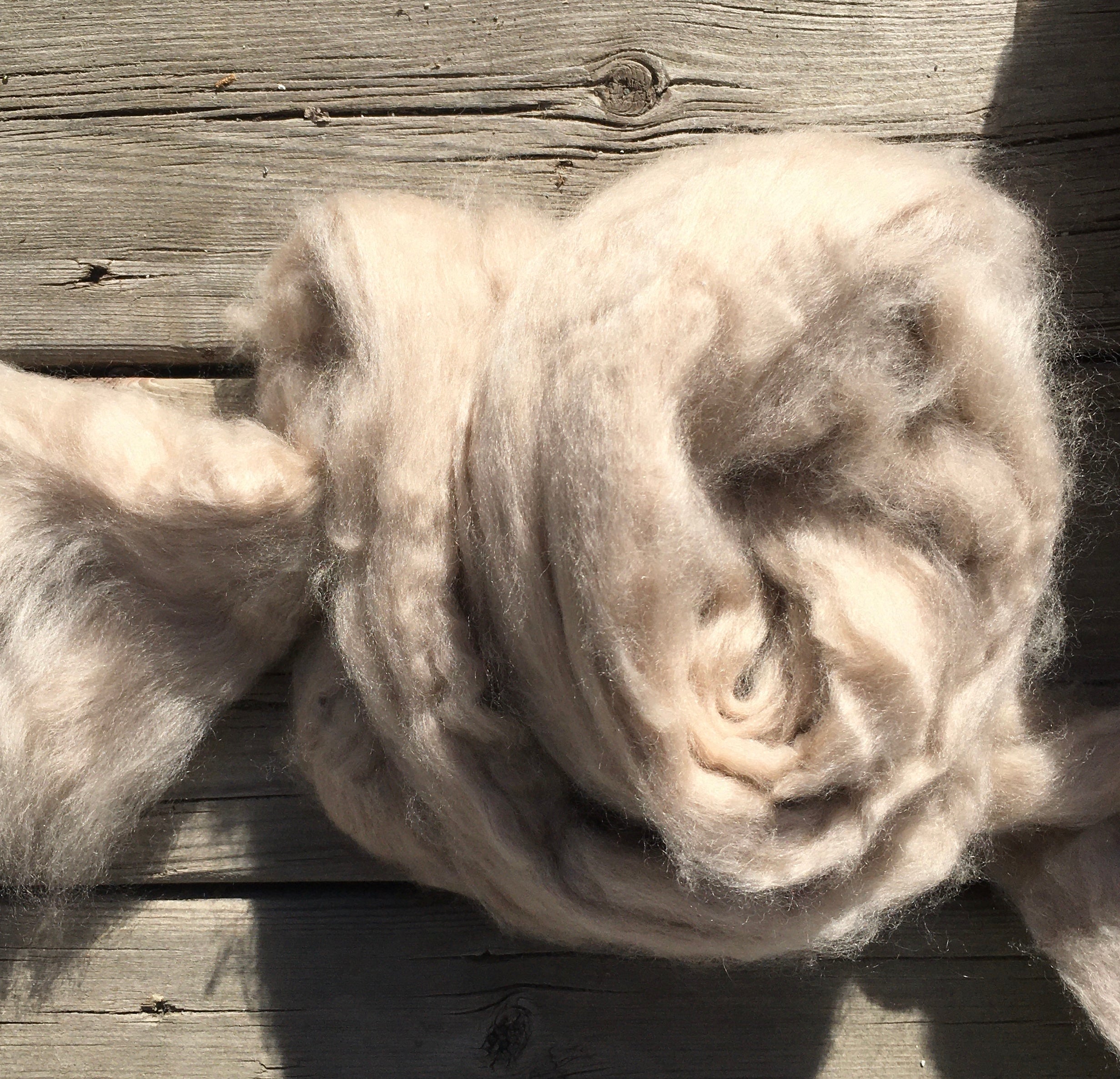Discover the Allure of Cashmere a Natural Fiber: Why It's a Must-Have in Your Wardrobe
The allure of cashmere, a luxury natural fiber, goes beyond mere aesthetics. From reviewing its intriguing beginning to understanding its manufacturing process, top quality, and treatment, it's worth exploring why cashmere holds such an unique place in the world of textiles.

The Origin and Background of Cashmere: A Short Overview
While several may view cashmere as a straightforward deluxe, its history is steeped in abundant cultural tradition. Stemming from the Kashmir region in India, cashmere wool has been produced for thousands of years. The fiber is acquired from the soft undercoat of cashmere goats, harvested throughout their molting period. As a priceless asset, it was traded along the Silk Roadway, ending up being very valued in Europe in the 18th century. The name 'cashmere' is an old English derivation of Kashmir. In spite of its global appeal, most of cashmere manufacturing still stays in Asia, especially China and Mongolia. This historic trip highlights the cultural value of cashmere, transforming it from a local specialty to a global high-end.
Comprehending the Unique Features of Cashmere Fiber
While other materials may use down over time, cashmere preserves its high quality, ensuring durable wear. Cashmere possesses an unique visual charm. Understanding these buildings makes clear why cashmere is not just a high-end, however a beneficial investment for any type of wardrobe.

The Refine of Producing Cashmere: From Goat to Garment
To value the extravagant buildings of cashmere completely, one need to comprehend its journey from the raw fiber to the completed item. The procedure begins with the cashmere goats, mainly discovered in Mongolia, China, and Iran. The pure cashmere is after that dyed, rotated right into thread, and finally knitted or woven into the desirable garments.

Decoding the Top Quality and Cost: Why Is Cashmere so Expensive?
The steep cost of cashmere garments commonly leaves consumers questioning about its reason. The cost stems largely from the tough production process. is cashmere a natural fiber. Cashmere originates her latest blog from the great undercoat of the cashmere goat, with each goat creating a plain 150 grams every year. The labor-intensive process of brushing and collecting the rare fiber considerably drives up the expense. The processing of raw cashmere needs both time and knowledge, with the fibers needing to be carefully sorted, cleaned, and spun. Furthermore, the deficiency of pure cashmere, coupled with its superior softness, warmth, and durability, visit this website justifies its luxury standing and high cost. These aspects incorporated make cashmere a pricy yet very in-demand commodity on the planet of style.
Cashmere in Style: The Adaptability and Ageless Appeal
Despite its high rate, the classic charm and flexibility of cashmere have solidified its location in the world of style. The versatile nature of cashmere allows for its integration right into both formal and casual outfit, representing its broad appeal. As trends come and go, cashmere continues to be a continuous, its appeal undiminished, continuing to inspire and shape the style industry's landscape.
Caring for Your Cashmere: Upkeep and Preservation Tips
Ensuring the long life of cashmere garments requires specific care and attention. Normal brushing with a cashmere comb can prevent pilling. With these upkeep and conservation suggestions, one can ensure their cashmere remains luxuriously soft and durable.
Conclusion
Cashmere, with its unequaled softness and heat, gives both high-end and durability. Discover the appeal of cashmere and raise your fashion collection.
